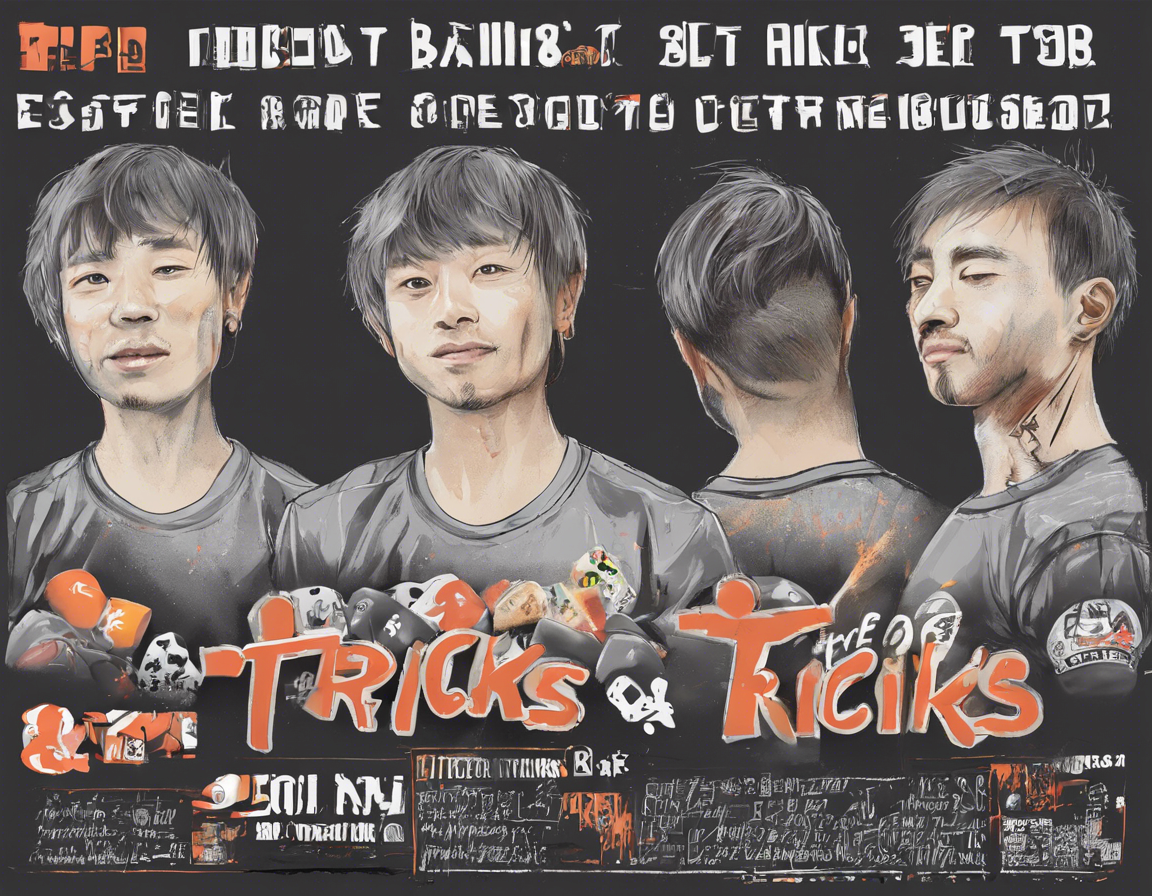As a tech enthusiast, staying on top of the latest tools and trends is essential. One emerging technology that has been making waves in the tech community is Gaussian Belief Kernel (GBK) Tricks. GBK Tricks refer to a set of techniques that leverage Gaussian processes to enhance machine learning algorithms’ performance, especially in tasks with limited data or noisy environments. Understanding and utilizing GBK Tricks can significantly boost the efficiency and accuracy of your machine learning models. In this article, we will delve into the world of GBK Tricks, exploring how they work, why they are important, and how you can implement them in your projects.
What are Gaussian Processes (GP)?
Gaussian processes are a powerful probabilistic model that can capture complex patterns in data by defining a distribution over functions. Unlike traditional machine learning models that produce a point estimate, Gaussian processes provide a distribution over possible functions, enabling uncertainty quantification and robust predictions.
The Power of Gaussian Belief Kernel (GBK) Tricks
GBK Tricks are a set of tools and methods that leverage the principles of Gaussian processes to improve machine learning algorithms’ performance. These tricks are particularly valuable in scenarios where data is limited, noisy, or expensive to acquire. By incorporating GBK Tricks into your models, you can:
- Enhance Uncertainty Estimation: Gaussian processes naturally provide uncertainty estimates along with predictions, allowing models to make more informed decisions.
- Improve Robustness: GBK Tricks help models generalize better to unseen data and mitigate the effects of noise and outliers.
- Optimize Hyperparameters: Gaussian processes can be used to automatically tune model hyperparameters, simplifying the optimization process.
- Enable Bayesian Optimization: Bayesian optimization, a powerful technique for hyperparameter tuning, is facilitated by Gaussian processes and GBK Tricks.
Implementing GBK Tricks in Your Projects
To harness the power of GBK Tricks in your machine learning projects, follow these steps:
- Understand Gaussian Processes: Familiarize yourself with the principles of Gaussian processes and how they can be applied to various machine learning tasks.
- Select Appropriate Kernels: Choose the right kernel functions that capture the underlying patterns in your data effectively.
- Incorporate Uncertainty: Leverage the uncertainty estimates provided by Gaussian processes to make more reliable predictions.
- Explore Bayesian Optimization: Use Gaussian processes in conjunction with Bayesian optimization for hyperparameter tuning and model optimization.
Case Study: Image Classification with GBK Tricks
Let’s consider a practical example of applying GBK Tricks to image classification. By using Gaussian processes with appropriate kernels, we can not only classify images accurately but also quantify the uncertainty associated with each prediction. This can be particularly useful in applications where knowing the model’s confidence level is crucial, such as medical diagnosis or autonomous driving.
Frequently Asked Questions (FAQs)
Q1: What are the key benefits of using GBK Tricks in machine learning?
A1: GBK Tricks enhance uncertainty estimation, improve model robustness, optimize hyperparameters, and enable Bayesian optimization, leading to more efficient and accurate machine learning models.
Q2: How do Gaussian processes differ from traditional machine learning models?
A2: Gaussian processes provide a distribution over functions, offering uncertainty estimates along with predictions, unlike point estimate models in traditional machine learning.
Q3: What are some practical applications of GBK Tricks in real-world scenarios?
A3: GBK Tricks can be applied to various tasks such as image classification, time series forecasting, anomaly detection, and optimization problems where uncertainty quantification is essential.
Q4: How can I get started with implementing GBK Tricks in my projects?
A4: Begin by understanding Gaussian processes, selecting appropriate kernels, and incorporating uncertainty estimates into your models. Experiment with Bayesian optimization for hyperparameter tuning.
Q5: Are there any specific libraries or tools that support GBK Tricks implementation?
A5: Libraries like GPyTorch, Scikit-learn, and TensorFlow Probability provide functionalities for Gaussian processes and Bayesian optimization, making it easier to incorporate GBK Tricks into your projects.
In conclusion, GBK Tricks offer a powerful set of tools for enhancing machine learning models’ performance and reliability. By leveraging Gaussian processes, uncertainty estimation, and Bayesian optimization, you can take your projects to the next level and tackle complex tasks with confidence. Stay updated on the latest developments in GBK Tricks, experiment with different techniques, and unleash the full potential of this cutting-edge technology in your tech endeavors.


